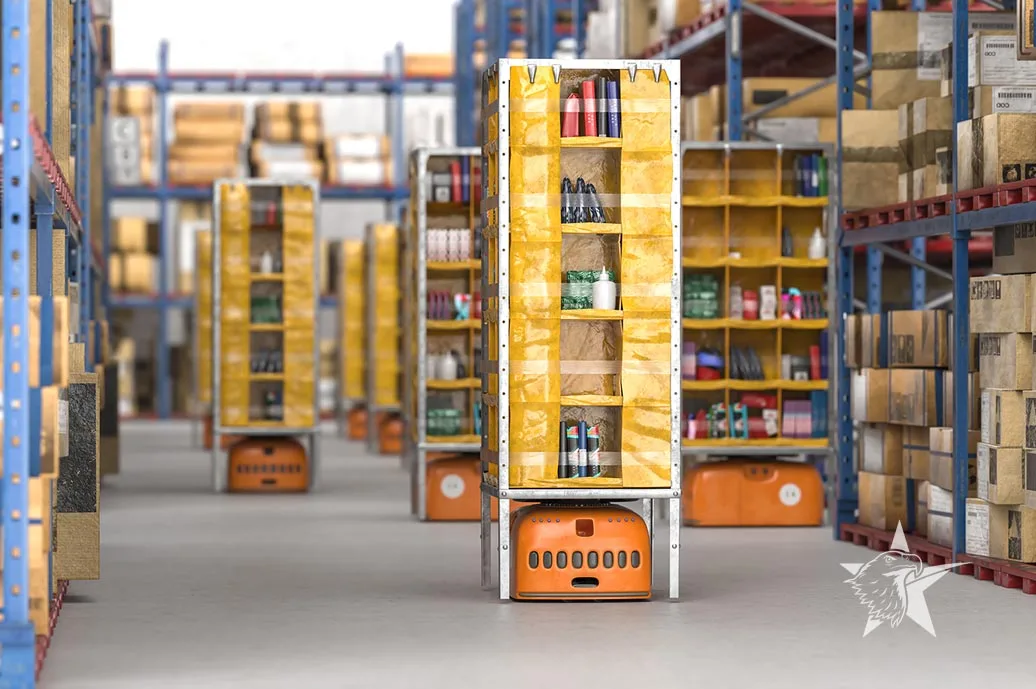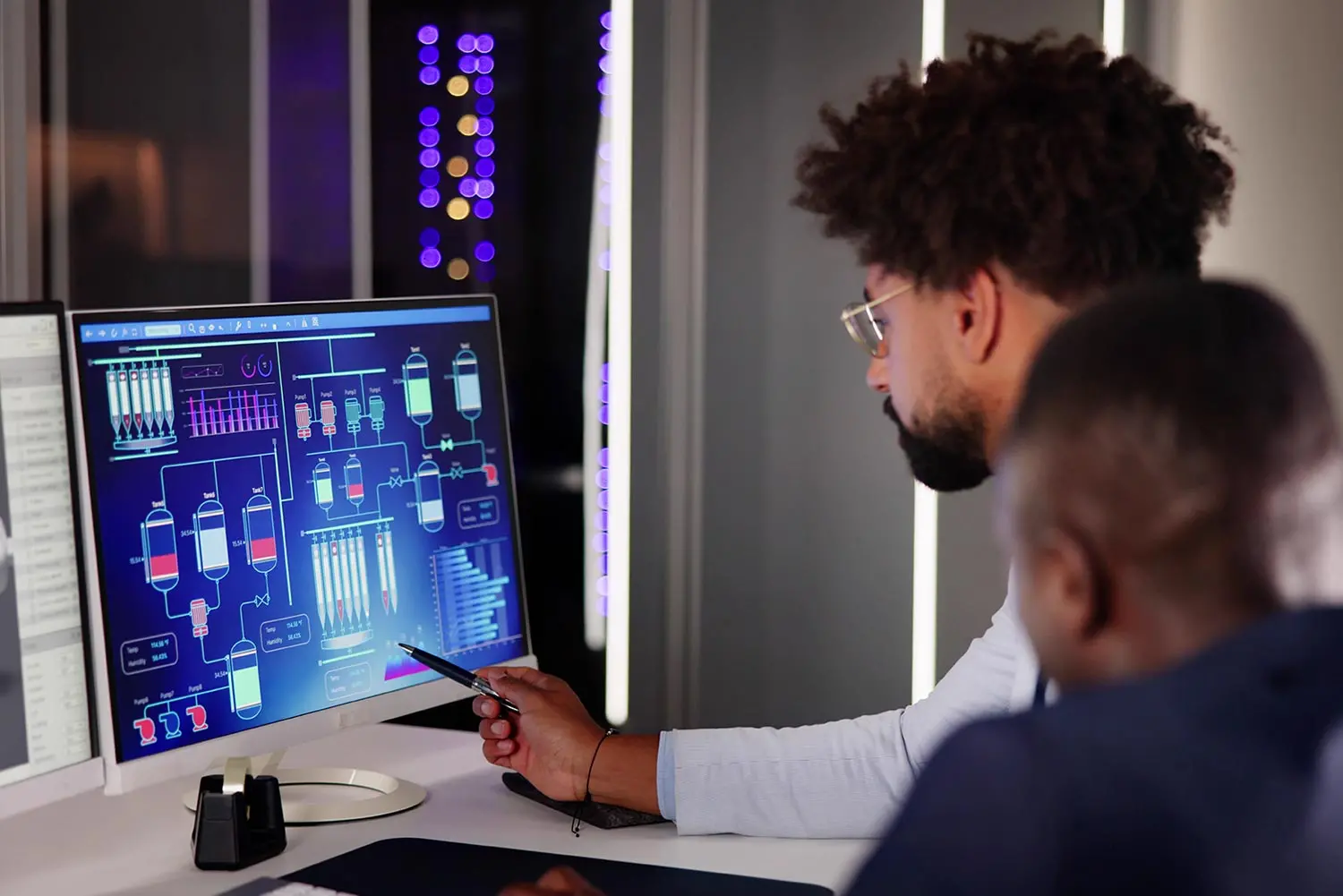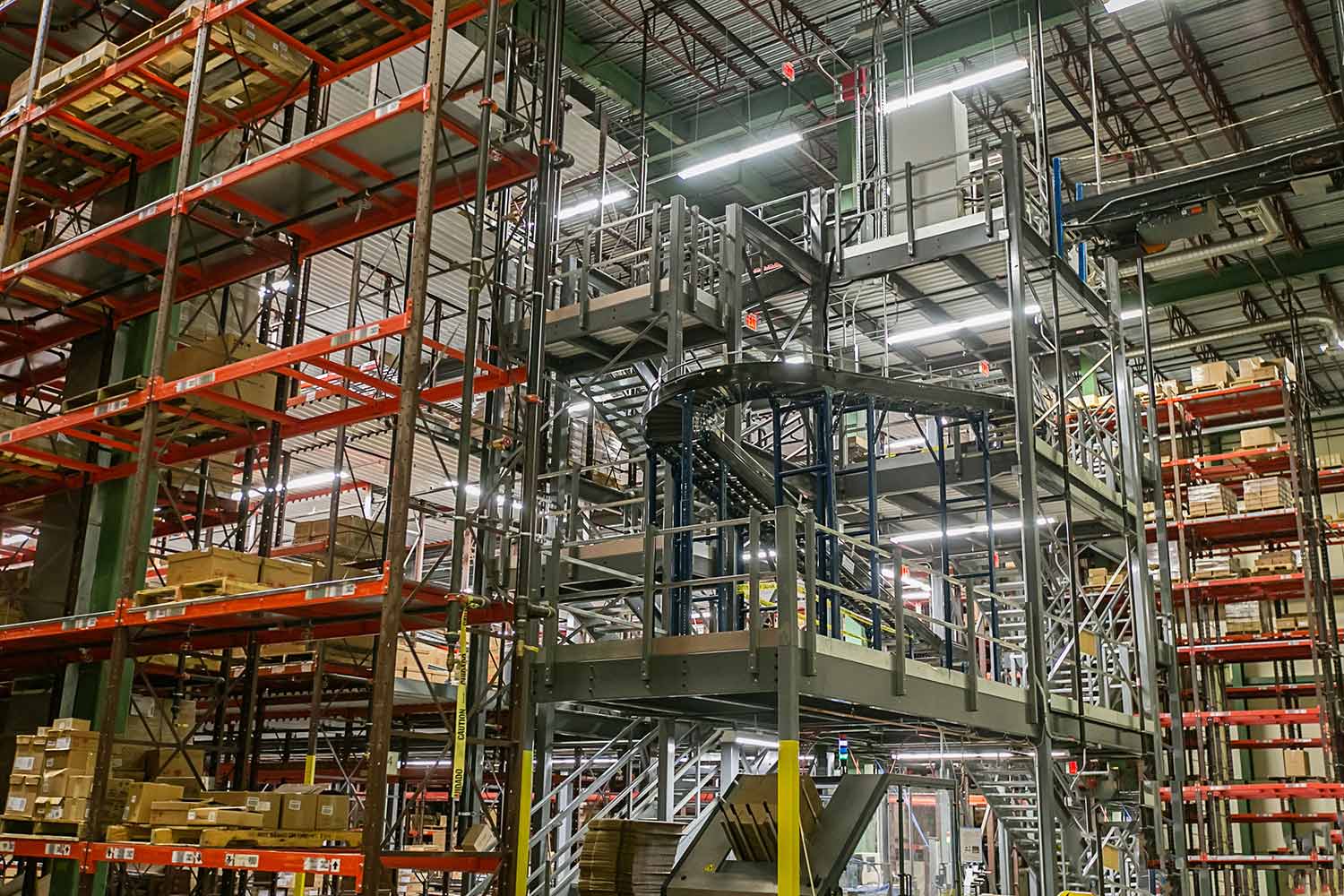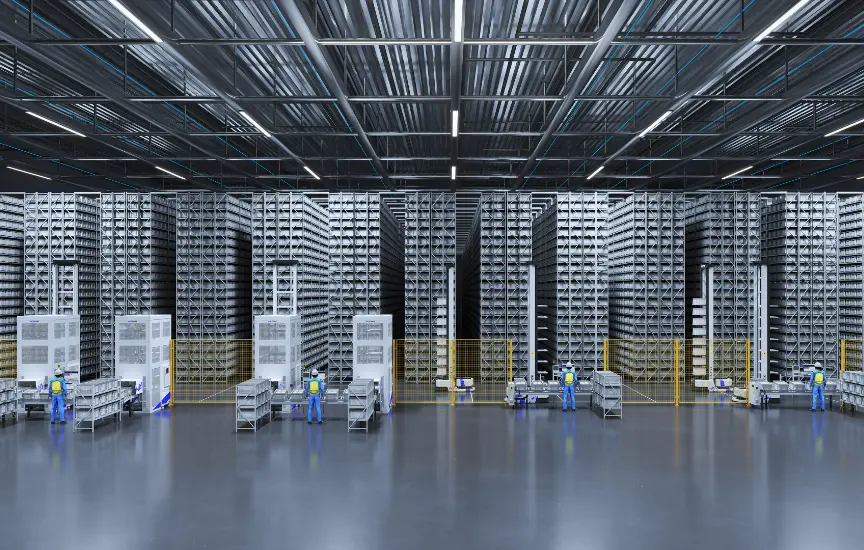
November 21st, 2022
4 min readWarehouse Robotics Market Exceeds $51 Billion by 2030
By the end of the decade the market is expected to exceed US $51 billion
Advancements in artificial intelligence and robotic technology, combined with steady progress in e-commerce fulfillment operations, are causing strong growth worldwide in the commercial robotics market, according to ABI Research, a global tech market advisory firm.
ABI Research says that by 2030 – only a few short years away – the global warehouse robotics market will grow by more than 23% and top US $51 billion.
How Did We Get Here?
Companies began on this path as a result of the increased demand and concurrent labor shortages brought about by the pandemic. And, of course, companies need to be ready for the next stage in this evolution.
The most sought-after productivity-increasing technologies for warehouses and distribution centers include smart glasses with augmented reality, advanced handheld tech, and robots.
AGVs & AMRs at the Heart of Warehouse Robotics Market
“Mobile robots are at the heart of the warehouse robotics market and account for most shipments and revenue. These robots, made up of Autonomous Guided Vehicles (AGVs) and Autonomous Mobile Robots (AMRs), are being used to move goods within the warehouse and being integrated within wider automated or manual workflows,” notes ABI Research’s Adhish Luitel, Industry Analyst, Supply Chain Management and Logistics.
As the commercial warehouse robotics market matures, companies that were first to employ robots are now using robotic technologies in much more robust and comprehensive capacities, and warehouse robotics vendors are now offering complete robotic solutions that provide impressive increases to speed, accuracy, safety, and overall productivity.
Reaping the Benefits of Enhanced Key Performance Metrics
Adjacent industries and vendors, such as software and systems integration vendors, also are evolving and are significantly contributing to commercial differentiation. In its analysis of how leading large warehouse operators are using robotic solutions and the resulting challenges that might arise with such use, ABI Research reports that these companies are “reaping the benefits of enhanced key performance metrics such as shorter dock-to-stock cycles and improved inventory accuracy” due to efficacious deployments of these technologies into their daily operations.
ABI Research’s Luitel goes on to say that “In addition to robots, warehouse operators should be seeking to combine the value of multiple solutions across the fulfillment workflow to achieve desired results.” He adds that there is also a need for companies to “look beyond productivity and assess how technologies affect worker satisfaction and safety, worker comfort, energy consumption, distance traveled, and error rates.”
He goes on to give the example of a “pick-by-vision” augmented reality solution, pointing out that its implementation (which requires only 15 minutes to learn how to operate the technology) can provide efficiency gains of up to 30% with up to 60% less time necessitated for training. What’s more, Luitel points out that some of the newer technologies can provide a greater than 50% increase in the return on investment.
What’s My Next Step?
Looking toward the future, Luitel and ABI Research expect to see even greater inroads made by intelligent automation solutions all along the supply chain, with strides made by companies specifically in robotic process automation and mobile warehousing.
These transformations are coming, and they have the potential to reshape commercial warehousing. Contact IndPro specialists today. We’ll analyze the top challenges you face to discover processes that can be vastly improved with robotics technology.
About IndPro
IndPro Services, a leader in Commercial Systems and U.S. Federal Government procurement, provides successful, efficient, data-driven solutions.
Dedicated to improving efficiency in warehouse and distribution center operations, we work on the same side of the table with you to help you procure the best possible solution for your specific application.
Related Posts

The Human-Robot Partnership Requires an Upskilled Warehouse Workforce
Article
Professional Integration is Crucial for Warehouse Automation & Robotics Implementation
Article